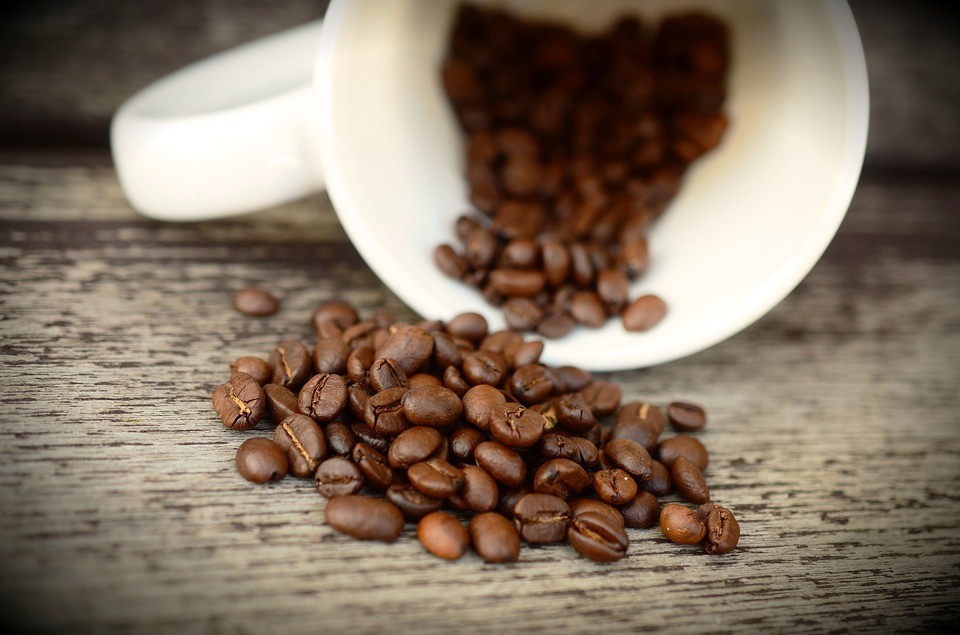
You’re standing in line at a Starbucks a block or two from work. It’s 8:45am and it’s already 80 degrees outside, so you’re craving something cold. “An iced coffee,” you think to yourself, “what I could really go for right now is an iced coffee.” Forget the amount of ice they use, it’s cool, it’s refreshing, and until the moment you hear the mustached man in front of you order a “cold brew” you felt very confident in your choice – and then of course you begin to feel uncultured, insecure and quite frankly, coffee-ignorant. Let’s unpack.
What is Cold Brew, Exactly?
When Starbucks first took the small-coffee-bar sensation of cold brew to the masses, it released a helpful infographic demystifying the difference between iced coffee and cold brew. In short, iced coffee is brewed as hot coffee and then poured over ice (slowly, and brewed extra strength to prevent dilution) while cold brew involves soaking coffee grounds in cold water for an extended period of time (Starbucks uses 20 hours as its standard).
And now the more pretentious differences: cold brew maintains “chocolate flavors with notes of citrus,” is full- vs. medium-bodied and includes low levels of acidity, making for less bitter coffee. Cold brew is also naturally sweet, with higher caffeine content and a higher price tag.
Who’s Leading, Hopping on and Completely Avoiding the Bandwagon?
- Starbucks introduced its cold brew in March 2015 after successful tests in Boston and San Francisco. After a year leading coffee chains in a move to cold brew, Starbucks has recently decided to take it a step further. The idea? Cold brew on tap. This concept is reminiscent of yet another hipster-inspired choice, the craft beer phenomenon. Starbucks also has a Nitro Cold Brew, which infuses its traditional cold brew with nitrogen, pouring out a new “coffee experience” for customers when baristas pull a tap on a keg. The current plan is for the kegs to be in over 500 Starbucks stores by the end of the summer. This requires expensive new equipment, additional training for baristas and complete faith that cold brew will stay popular after summer and into the fall. With the success that Starbucks has already experienced with its cold brew, staying ahead of competitors like Peet’s Coffee & Tea with new innovations may be a risk worth taking.
- Dunkin’ Donuts recently began testing a cold brew coffee of its own in certain Northeast markets in the spring of 2016. Before it decides to roll out the offering nationwide, Dunkin’ will evaluate the success of this smaller sample. Unlike Starbucks, which released its cold brew with much fanfare, Dunkin’ is testing a number of new product offerings simultaneously, including fried chicken and waffles. Dunkin’ appears to be hopping on the cold brew bandwagon in a sense, but with some trepidation. Rightfully, the company isn’t entirely sure if cold brew fits with its long range plans, or whether its customers are willing to pay a premium for the offering. But considering Chick-fil-A has experienced cold brew success, things could be looking good for Dunkin’.
- McDonalds (McCafé) has, perhaps wisely, avoided jumping on the cold brew bandwagon. It’s a smart move because of the discrepancy between how McDonalds is perceived, and the target market for cold brew coffee. McDonalds is, and always will be, seen as a fast and inexpensive choice, whereas cold brew is a decidedly slow, meticulous and often more expensive option. If McDonalds were to decide to enter the cold brew market, it might not only be a complete failure, but it could also result in an even less cohesive brand identity – something McDonalds has been struggling with for the past few years. Something about the artisanal, farmer’s market-type that seeks out cold brew doesn’t seem to quite fit in with McDonalds fans.
What Does This Mean for the Everyman?
So is cold brew worth all the effort? With Starbucks’ cold brew sales increasing almost 340% from 2010 to 2015 and the success that Nitro cold brew is experiencing in Starbucks’ Tasting Room in Seattle, the evidence seems to say yes. But, of course, cold brew is not for everyone. The process is too time consuming (with many chains making small, daily batches) and the product too inherently pretentious to be effective in every coffee-centric chain.
What this means for the non coffee-connoisseurs among us is that options for cold coffee will likely continue to expand as Starbucks innovates and other chains seek to incorporate cold brew into their long range plans. After enough time — and with some practice — you will soon be able to order a cold brew almost anywhere and complain loudly that it’s too acidic, you can’t taste the citrus notes or that the grounds have clearly been steeped for a mere 14 hours. That is, until we all learn to feel foolish for not distinguishing subtle differences in coffee-nitrogen ratios.
Posted By
Categories
Consumer Campaigns